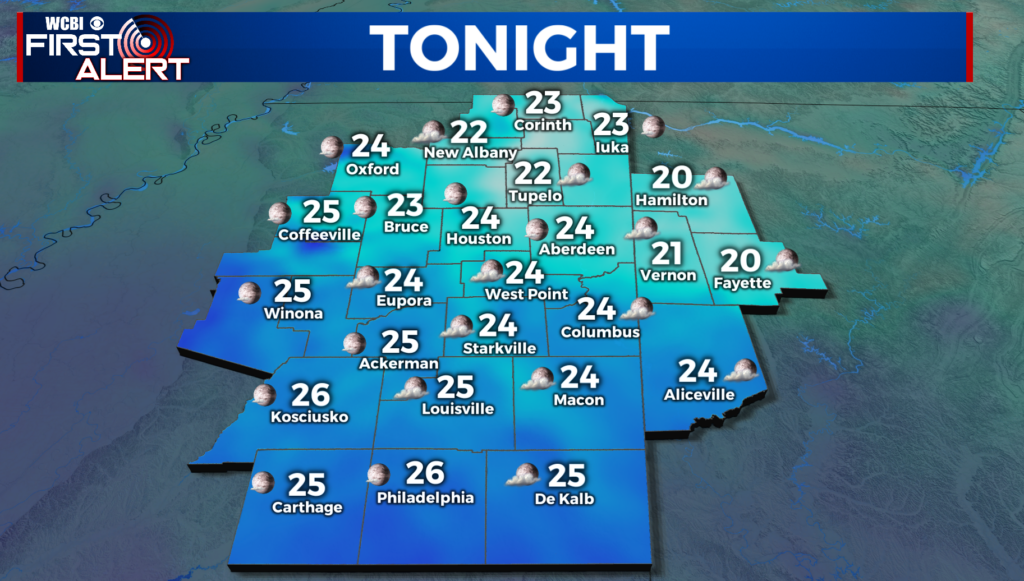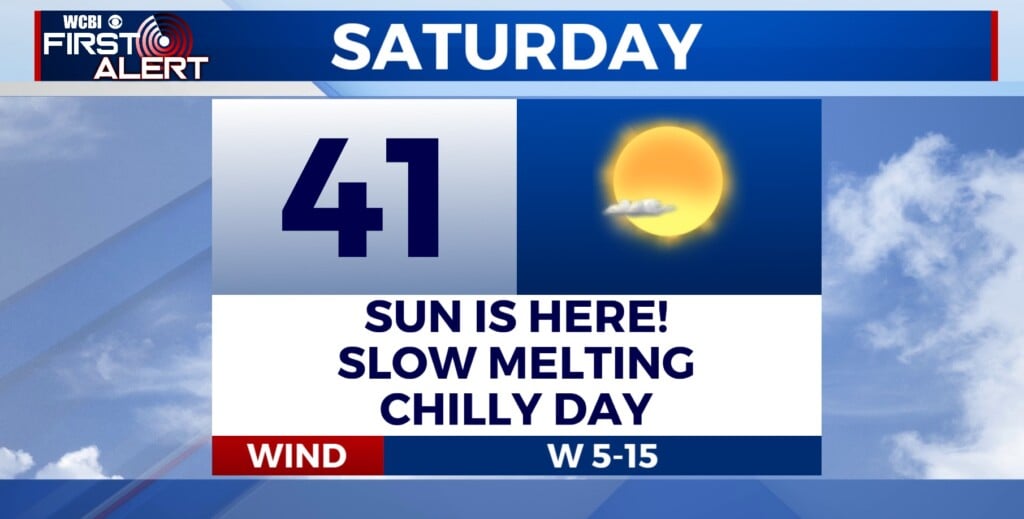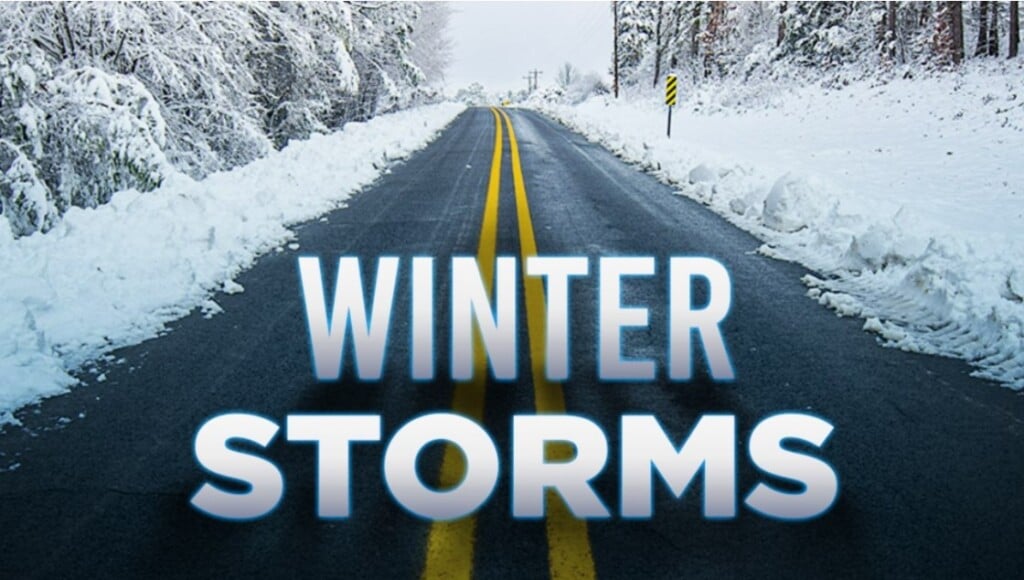Great Wildlife Food Plots Start With the Soil

A soil analysis from the Mississippi State University Soil Testing and Plant Analysis Lab provides detailed information on any soil amendments, such as lime, that need to be applied to a food plot. (Photo courtesy of Bronson Strickland)
By Bronson Strickland
MSU Extension Service
STARKVILLE, Miss. — In the South, springtime means turkey hunting, bass fishing and preparing wildlife food plots.
Food plots are the most affordable way for hunters to provide high-quality forages for the deer, turkey and other wildlife on the property.
A productive, warm-season food plot can generate up to 4,000 pounds of high-quality forage per acre — that’s a lot of bang for the buck.
As an Extension wildlife specialist for the Mississippi State University Extension Service, I work with many landowners to develop or improve their food plot programs. Over the years, I’ve worked with some who have perfected the practice of productive food plots and others who have made simple mistakes that resulted in poor yield or outright failure.
Here are some strategies for making the most of a food plot.
Select an appropriate site. Choosing a good site is the first step in creating a productive food plot. The two most common mistakes are planting in wet, bottomland areas and planting in shady areas. Planting in bottomland areas can be very productive as long as the soil doesn’t hold too much water. Most wildlife forages require well-drained soils.
Maximize direct sunlight exposure. Planting in very narrow alleyways or along roadsides that receive only an hour or two of direct sunlight will result in minimal forage production. It’s best to orient long, narrow plots from east to west, rather than north to south, to expose the food plot to more hours of direct sunlight.
Test the soil. Once you have identified the site, take a soil sample for nutrient analysis. In Mississippi, a soil test through the MSU Extension Service costs only $6.00. This will be the best money you can spend on your food plot. A soil analysis report provides the soil’s pH as well as the availability of phosphorous, potassium and other nutrients that are critical for optimal plant growth.
Information and instructions on how to take and submit a soil sample are available at http://msucares.com/crops/soils/testing.html.
If the results of your soil test indicate that the soil pH is below 6.0, increase the pH by adding the recommended amount of lime. You may have to do this for several years to neutralize the soil. Next, add the recommended amounts of nitrogen, phosphorous and potassium fertilizers. Simply applying a few bags of 13-13-13 fertilizer on a plot is not advisable and can even be counterproductive.
After the soil is amended, plant the seed. Follow the recommended seed rate and planting technique. While it may seem better to add double the recommended amount of seed, crowding plots can actually decrease forage yield. Also remember to follow the planting instructions for seed depth. Proper seed depth is important for successful germination.
Clover is the most common victim of planting too deep. Most clovers should not be planted more than a quarter inch deep, so disking in clover seed along with wheat or oats will severely reduce the clover germination rate.
You’ve put a lot of work and effort into your food plot up to this point. All you need to do now is sit back and enjoy a highly productive food plot, right? Well, maybe.
Watch out for weeds. You may visit your food plot a month after planting and find a hearty stand of Johnson grass. Unfortunately, the weed pressure can be intense in warm-season food plots. It can be so frustrating to follow all the recommendations for liming and fertilizing food plots only to see your cowpeas overtaken by Johnson grass and morning glory.
Several pre-emergent herbicides, which are applied at or before planting, and post-emergent herbicides, which are applied on the growing plants, can control food plot weeds. Spend some time identifying the weeds commonly found in your food plot and researching the most effective herbicide options. Your local county Extension office can often help with weed identification.
Unfortunately, if you have a severe weed problem, you may have to spray with a non-selective herbicide like glyphosate to eliminate annual and perennial weeds and sacrifice the area for a year or two to “reclaim” the site.
The final tip for a productive food plot is to use exclosure cages, which prevent grazers from eating small sections of forage. If your food plot is doing what it was designed to do — attract deer — you may mistake deer browsing for crop failure. By installing one or two exclosure cages on your food plots, you can determine exactly how much forage your food plot is producing and how much the deer are consuming.
Remember, the more preparation you devote to a food plot program, the more the deer and other wildlife will benefit.
For more information about wildlife food plots, download “Supplemental Wildlife Food Planting Manual for the Southeast” at http://msucares.com/pubs/publications/p2111.pdf or at http://www.MSUDeerLab.com. A free food plot app is available in the iTunes store; just search for “Deer Plot App.”
Extension Outdoors is a column authored by several different experts in the Mississippi State University Extension Service. Dr. Bronson Strickland is a wildlife biologist and wildlife management expert with the Mississippi State University Extension Service.





Leave a Reply